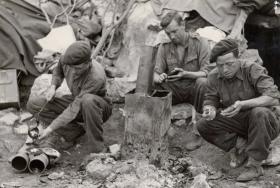
The Parachute Regiment
The Parachute Regiment
On 2nd July 1941, spurred on by the German airborne capture of Crete and the Prime Minister’s urging, 11th Special Air Service Battalion was authorised to expand beyond the 1st Parachute Battalion to a brigade of four parachute battalions. There was agreement at the end of 1941 to expand airborne forces to division level.
Volunteers were called for on 31st August 1941 from all UK infantry units. The 2nd, 3rd and 4th Parachute Battalions in the process of forming up with an Air Troop RE were tasked to be ready for operations by the Spring of 1942.
The future potential of the new force was demonstrated by the successful capture by C Company of a recently formed 2nd Parachute Battalion of vital component parts from a German radar station at Bruneval in France in February 1942. This gained enormous favourable publicity.
In the Spring of 1942 a second Parachute Brigade was authorised and began to form in July with the 4th (from the 1st Brigade), the 5th (Scottish) Battalion and the 6th (Royal Welch) Parachute Battalions.
At the same time all the Parachute Battalions without a parent regiment or corps were grouped together on the 1st August 1942 into the Parachute Regiment, part of the newly established Army Air Corps. This also included the Glider Pilot Regiment in December.
By 1945 there were 21 parachute battalions raised in the UK and India.
After that the Regiment reduced to three Regular and three TA battalions from the fifties and sixties through to the Millennium. (This evolution can be followed on the Paradata chart).
Today the Parachute Regiment consists of three Regular battalions: 1, 2 and 3 PARA and 4 PARA(V).
Newsletter Signup
Donate
Make a donation to Airborne Assault ParaData to help preserve the history of The Parachute Regiment and Airborne Forces
The Airborne Shop
The Airborne Shop is the official shop of Support Our Paras (The Parachute Regiment Charity RCN1131977).
Profits from all sales made through our shop go directly to Support Our Paras, so every purchase you make with us will directly benefit The Parachute Regiment and Airborne Forces.

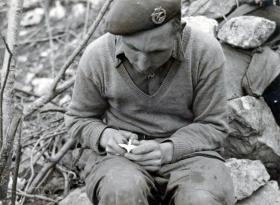
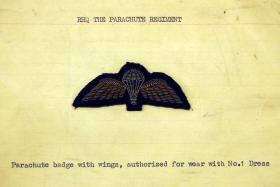
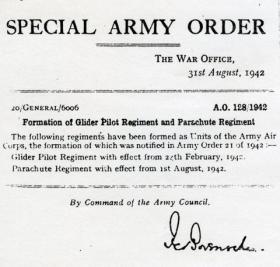
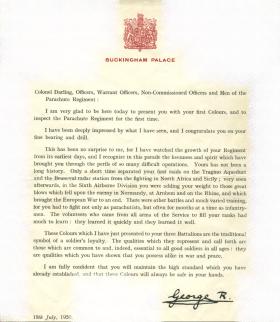
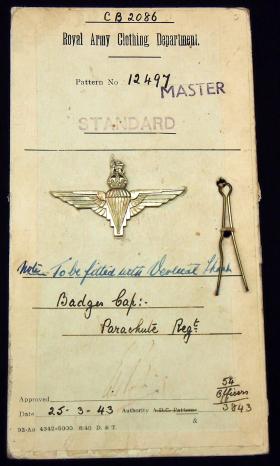
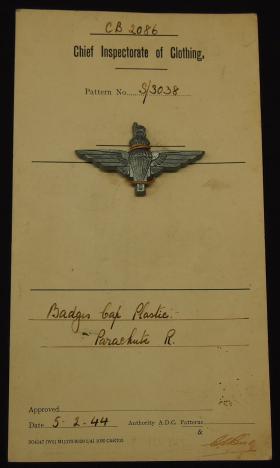
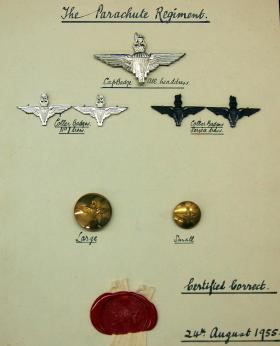
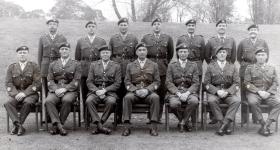
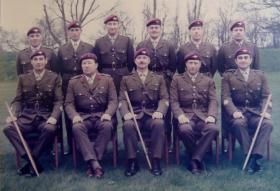
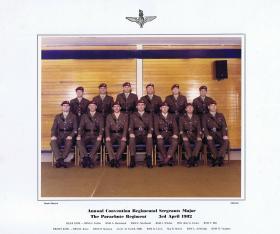
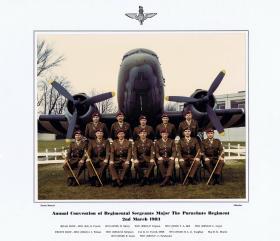
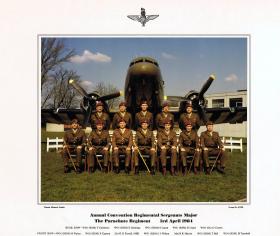
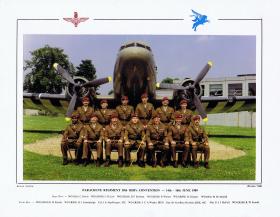
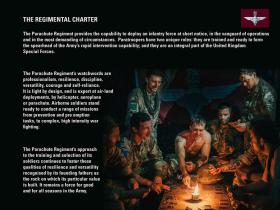
Latest Comments
There are currently no comments for this content.
Add Comment
In order to add comments you must be registered with ParaData.
If you are currently a ParaData member please login.
If you are not currently a ParaData member but wish to get involved please register.